Plate Tectonic Types: Divergent, Convergent and Transform Plates
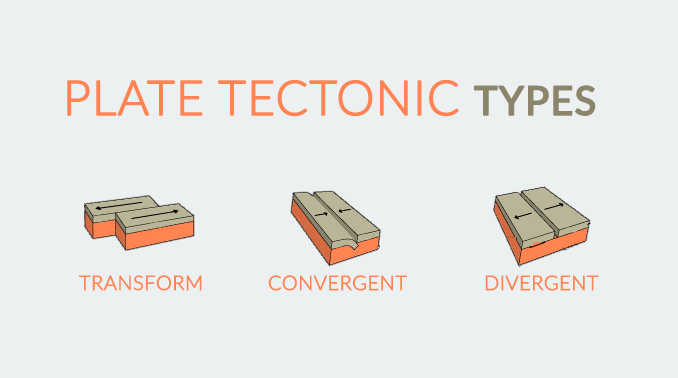
“Plate boundaries interact with each other in 3 primary ways. The types of plate tectonic boundaries are divergent, convergent, and transform (conservative).”
Here’s a short description of the 3 types of plate tectonics:
- DIVERGENT PLATES: Divergent plates pull apart from each other.
- CONVERGENT PLATES: Convergent plates push boundaries together.
- TRANSFORM (CONSERVATIVE) PLATES: Conservative (transform) plate boundaries slide across from each other.
Now, let’s take a look at each type of tectonic plate boundary in a bit more detail.
A glimpse at Earth’s tectonic plate boundaries
The North American major plate not only contains the continent of North America but also the Atlantic Ocean. This plate extends all the way over the North Pole and even contains Siberia and the northern island of Japan.
While the North American Plate is a major plate, the Scotia Plate is a minor plate because of its smaller relative size. The Scotia Plate is surrounded by two major plates which really control where it moves.

Plates are always moving. Even though their movements are very slow, we can track them with extremely precise GPS measurements. By using GPS, we know they move only about 5-10 cm every year.
About 200 million years ago, Earth was assembled as one giant supercontinent “Pangaea”. Over time, it tore apart the world we know today. But in which direction do plates move? Plate boundaries can be divergent, convergent, and transform.
“Like the seams of a baseball, tectonic plate boundaries wrap around the Earth. Earth’s tectonic plate boundaries are unusual because they can consist of continents and oceans.”
Divergent boundary plates move away from each other
The Earth has 70,000 km of continuous volcanoes under the ocean. Plate tectonics begin at mid-oceanic ridges where plates are moving apart. Because plates pull apart from each other at divergent plates, lava spews out to create the youngest geological rocks on Earth.
Another example of a divergent plate is the African major plate where it’s in the process of rifting apart into two separate plates becoming the ocean. In addition, the Somalian and Nubian plates will one day tear apart and become a new ocean.
At divergent plate boundaries, they pull apart from each other at mid-oceanic ridges, which creates some of the youngest geological rock and even new oceans. But what happens at the opposite end of the plate?
“Most divergent plates are beneath the oceans and we don’t realize it’s even happening. Lava erupts out from underwater volcanoes at mid-oceanic ridges. If you removed all the water from Earth, these ridges would be the most prominent feature on Earth.”
Convergent boundary plates push into each other
At convergent plate boundaries, they have some of the most violent catastrophes and geology on Earth. When plates smash together, it has created chains of volcanoes. For example, almost all along the Pacific Ring of Fire, plates collide and sink into the ocean floor at zones of subduction.
But continents don’t always collide with oceans. Sometimes, continents collide with other continents, which creates mountains. You can look all around the world and find examples. For example, the Nazca plate has created the Andes mountain range.
It’s just that erosion wears it away fairly quickly. For example, the Appalachians used to be 5 miles higher, when Africa collided with North America. But over 300 million years, weathering and erosion have torn them down and washed them through streams.
“Convergent boundaries or subduction zones are where two plates collide with each other. Because matter cannot be destroyed, it forces one of the plates into the mantle underneath.”
Transform boundary plates slide across each other
Lastly, conservative (transform) plate boundaries don’t collide with each other nor pull apart. Instead, transform plates slide across from each other. We find most transform plates in the ocean basin connecting at mid-ocean ridges.
For example, the San Andreas fault is between the North American plate and the Pacific plate boundary. While the North American plate in the east moves in the southwest direction, the Pacific plate in the west moves northwest.
At transform plate boundaries, they’re neither convergent nor divergent. For example, the Scotia Plate is surrounded by two major plates. But its neighboring plates control how much it moves in either direction.
Continental drift and moving continents
The ground beneath is not constant. It’s a vibrant, dynamic planet. Over long periods of time, continents move. This phenomenon is continental drift.
For example, earthquakes split the Earth’s crust creating mountain ranges and new land. Even geysers shoot out water when it seeps into the Earth’s cracks.
Plate tectonics drive the reshaping of continents. Inch by inch, this accounts for incredibly long distances over millions of years.
Continents collide creating a supercontinent cycle. Then, they detach again into a new configuration. All the result of convergent, divergent, and transform plate boundaries.
Plate Tectonic Types
Plate tectonics is the science that explains how Earth’s crust moves and changes over time. The movement of these plates causes earthquakes, volcanoes, mountain ranges, and other natural phenomena on Earth.
Plate tectonics, a fundamental field of Earth science, provides a comprehensive framework for understanding the dynamic and ever-evolving nature of our planet’s surface.
If you have any questions or comments, please use the comment form below to let us know what’s on your mind.

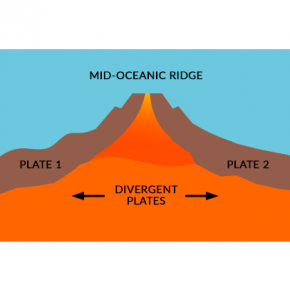
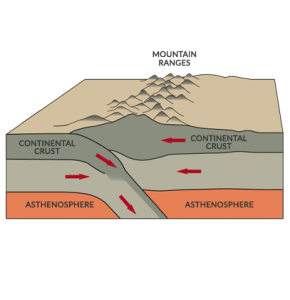


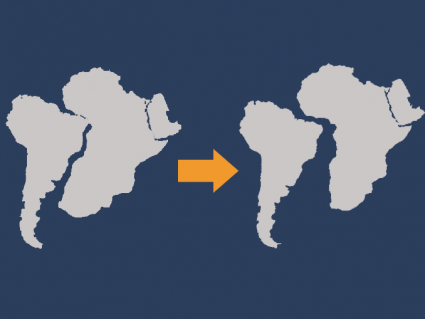
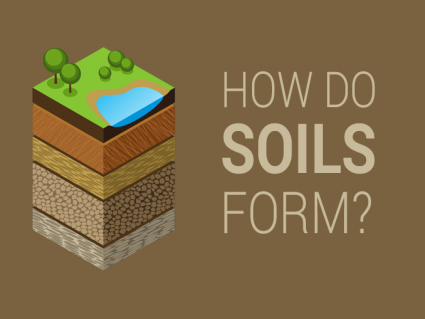

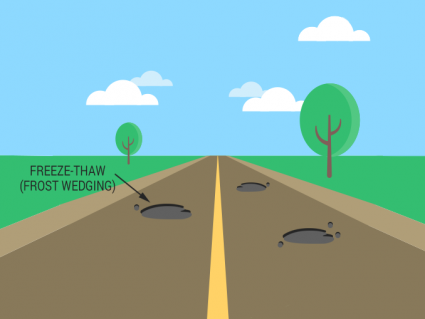
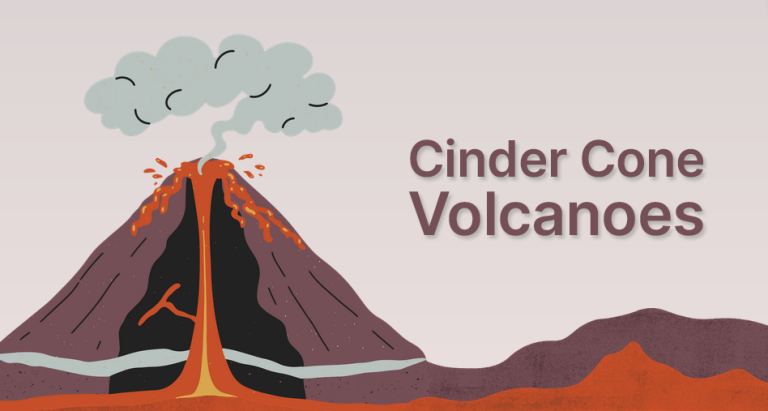
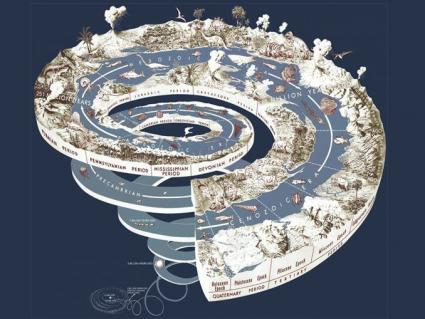

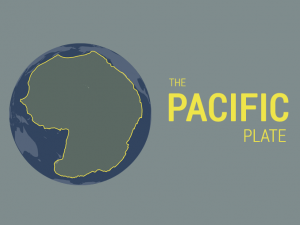
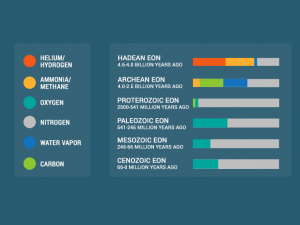
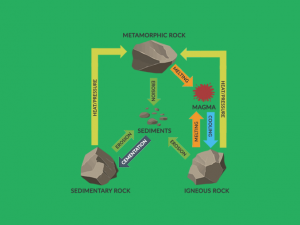
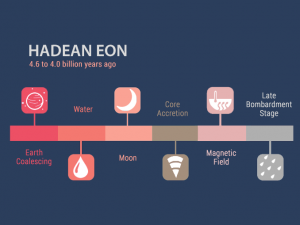
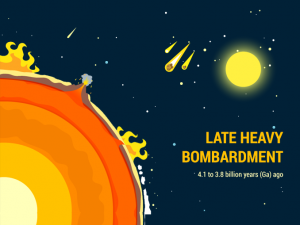
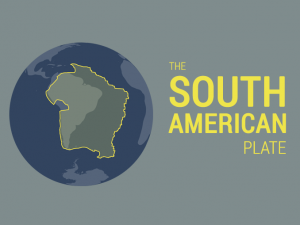
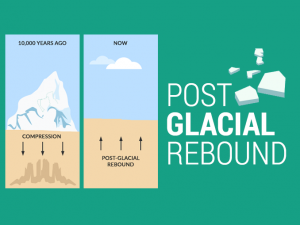
thanks for your guidance because I have known what I did not know about plate tectonics
thank you for this. it helped me to draw.
How can I explain to my son who is in 4th grade that what is the relationship between the tectonic plate boundaries and landforms and events? Claims evidence and reasoning. Can you please help me with this?
The new crust is the lava flow from divergent plate tectonics.
What happens to the crust, and does it break or create new crust, when two certain plates, either converge, diverge, or transform?